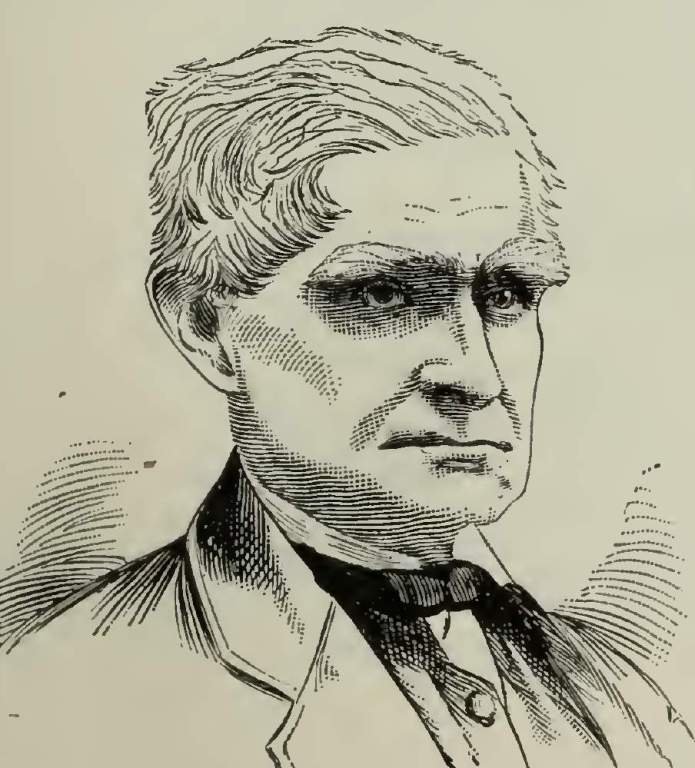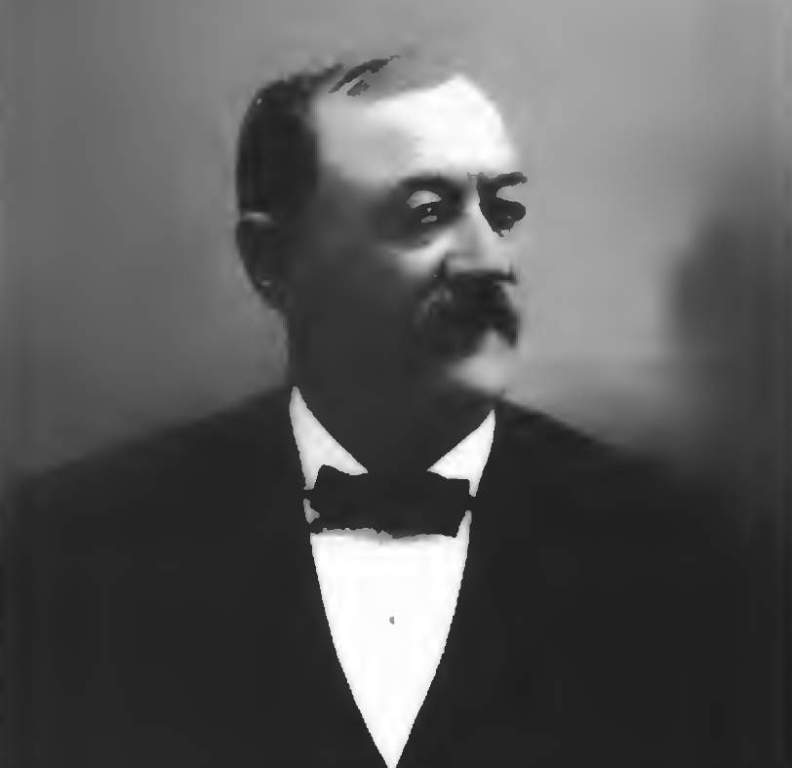The terrifying discovery of the Mount Owen Claw perplexed archaeologists for several decades. In 1986, a group of archaeologists were conducting an excursion inside a huge cave system on Mount Owen in New Zealand when they came across a terrifying and unique thing. With minimal sight in the dark cave, they questioned if their eyes were misleading them, as they could not believe what was in front of them: a gigantic, dinosaur-like claw still complete with flesh and scales. The claw was so excellently preserved that it appeared to be from a recently deceased animal.
The archeological crew eagerly recovered the claw and transported it for examination. The results were astounding: the enigmatic claw was discovered to be the mummified remains of an upland moa, a big prehistoric bird that had vanished thousands years before. The upland moa (Megalapteryx didinus) was a bird species found only in New Zealand. A DNA analysis published in Proceedings of the National Academy of Sciences revealed that the first moa appeared around 18.5 million years ago, with at least ten species, but they were wiped out in the fastest, human-facilitated megafauna extinction reported to date.
Moas were previously the world’s largest bird species, with several subspecies reaching heights of over 3 meters. However, the upland moa, one of the smallest moa species, stood no taller than 1.3m. It had feathers all over its body except for the beak and soles of its feet, and it lacked wings and a tail. As the name indicates, the upland moa resided in the country’s higher, cooler regions.
In 1839, John W. Harris, a flax trader and natural history enthusiast, received a rare fossilized bone from a member of an indigenous Māori tribe who claimed to have found it on a river bank. The bone was delivered to Sir Richard Owen, who worked at the Hunterian Museum at the Royal College of Surgeons in London.
Sir Richard Owen was perplexed by the bone for four years, because it did not fit with any other bone he had encountered. Thus, Sir Owen eventually determined that the bone belonged to a completely unknown, gigantic bird.
The scientific community rejected Sir Owen’s theory. But it was subsequently proven correct with the finding of several bone specimens, allowing for a complete reconstruction of a moa skeleton. Since the first discovery of moa bones, many more have been discovered, along with some spectacular mummified remnants, such as the frightening-looking Mount Owen claw. Some of these samples still have soft tissue, including muscle, skin, and even feathers. Most fossilized bones have been found in dunes, bogs, and caverns where birds may have entered to make their nests or escape from bad weather. Desiccation preserved the remains after the birds died in an environment that was naturally dry.
When Polynesians first migrated to New Zealand in the middle of the 13th century AD, the Moa population was flourishing. They were dominant herbivores in New Zealand’s forest, shrubland, and subalpine ecosystems for thousands of years and had only one predator; Haast’s eagle. However, when the first humans arrived in New Zealand, moa rapidly became endangered due to over-hunting and habitat destruction.
Because they matured slowly, they would not have been able to breed quickly enough to sustain their populations, making them vulnerable to extinction, according to the Natural History Museum in London. By the time Europeans arrived in New Zealand in the 1760s, all moas had become extinct. Haast’s Eagle, which ate moa, perished soon after.
The giant moa has repeatedly been touted as a candidate for revival by cloning since there are several well-preserved remains from which DNA can be taken. Ankoh Yasuyuki Shirota, a Japanese scientist, has already begun preliminary work toward these goals by extracting DNA from moa bones, which he intends to implant in chicken embryos.
Read More: 8 Most Fascinating Blue Holes in the World








